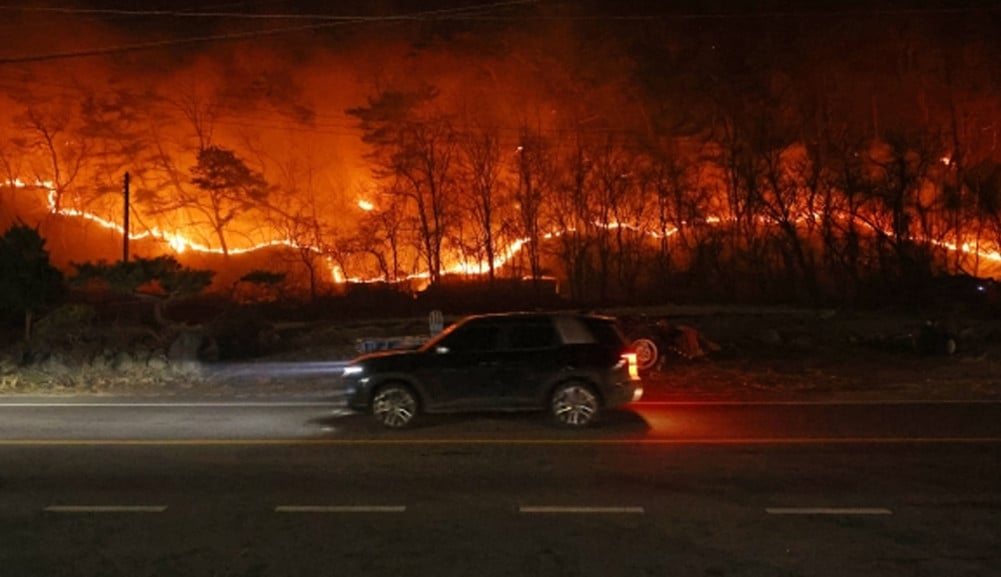The first space-based gravitational wave detector for humanity, the Laser Interferometer Space Antenna (LISA) mission, has been approved for launch in the mid-2030s. This milestone is the result of a collaboration between NASA and the European Space Agency (ESA). The announcement of the adoption of LISA was made on Jan. 25 by ESA, signaling that the mission concept and its associated technology have reached an advanced stage. With the green light, scientists can now commence the construction of the spacecraft and its necessary instruments; the work will begin in Jan. 2025 after a European industrial contractor has been chosen for construction.
The LISA mission consists of three spacecraft forming a single gravitational wave detector. Positioned to trail Earth as it orbits the sun, the three spacecraft will form an equilateral triangle in space, with each side measuring a staggering 1.6 million miles (2.6 kilometers) in length. LISA will utilize laser beams along these sides, which will experience minute changes as gravitational waves pass over them, distorting the very fabric of space.
“LISA is an unprecedented endeavor,” said LISA lead project scientist Nora Lützgendorf in a statement. “Using laser beams over distances of several kilometers, ground-based instrumentation can detect gravitational waves from events involving star-sized objects such as supernova explosions or the merging of hyper-dense stars and stellar-mass black holes. To expand the frontier of gravitational studies, we must go to space.”
Gravitational waves were initially predicted by Albert Einstein in his 1915 theory of gravity: General relativity. According to this revolutionary theory, gravity occurs as a result of mass-curving space and time, which are unified as a single entity called spacetime. Larger objects cause greater curvature and thus have a stronger gravitational influence. General relativity explains why stars have stronger gravity than planets, and why black holes have stronger gravity than stars. Additionally, when a body accelerates in space, it creates ripples in spacetime that radiate outwards, as stated by general relativity.
Einstein theorized that even in extreme cases, gravitational waves would be too faint to detect from Earth, but this notion was proven wrong when the Laser Interferometer Gravitational-Wave Observatory (LIGO) in the U.S. and the Virgo interferometer in Italy detected ripples in spacetime in Sept. 2015. These waves were the result of the collision and merger of two black holes, each 29 and 36 times the mass of the sun and located over 1 billion light-years away. Since then, signals from various events such as black hole mergers, neutron star collisions, and mergers between a black hole and a neutron star have been detected by gravitational wave astronomers.
LISA, as a space-based interferometer with high sensitivity, is poised to take this achievement further by “listening” for gravitational waves from merging black holes, neutron stars, and supernovas at much greater distances than Earth-based detectors can achieve. This capability also enables the search for waves originating from events farther back in time. “Thanks to the huge distance traveled by the laser signals on LISA and the superb stability of its instrumentation, we will probe gravitational waves of lower frequencies than is possible on Earth, uncovering events of a different scale, all the way back to the dawn of time,” Lützgendorf mentioned.
In addition to detecting gravitational waves from more distant sources, LISA is expected to provide astronomers with the sensitivity to study closer and less extreme events, such as the merger of compact white stars resulting from the death of smaller stars like the sun. “For centuries, we have been studying our cosmos through capturing light. Coupling this with the detection of gravitational waves is bringing a totally new dimension to our perception of the Universe,” said LISA project scientist Oliver Jennrich in the statement. “If we imagine that, so far, with our astrophysics missions, we have been watching the cosmos like a silent movie, capturing the ripples of spacetime with LISA will be a real game-changer, like when sound was added to motion pictures.”
1st gravitational wave detector in space ‘LISA’ will search for ripples in spacetime
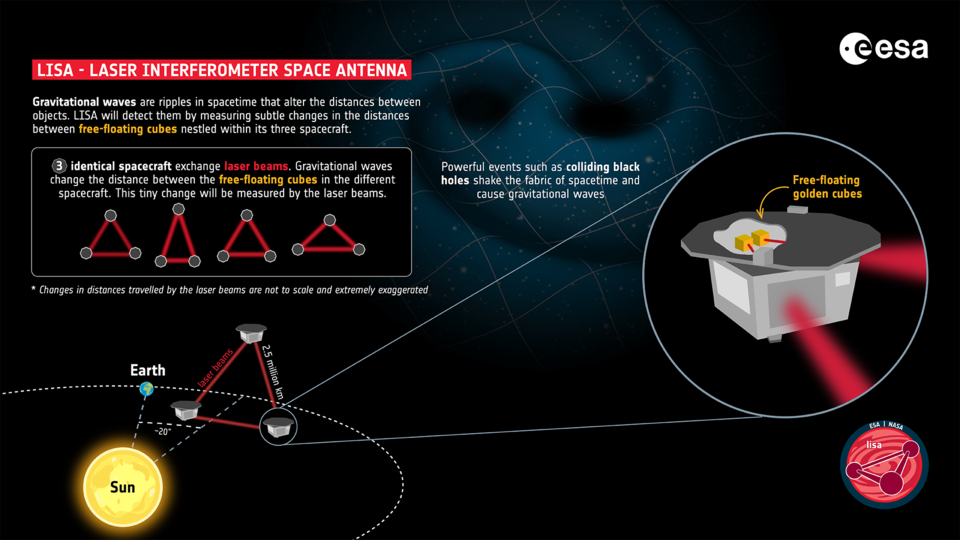


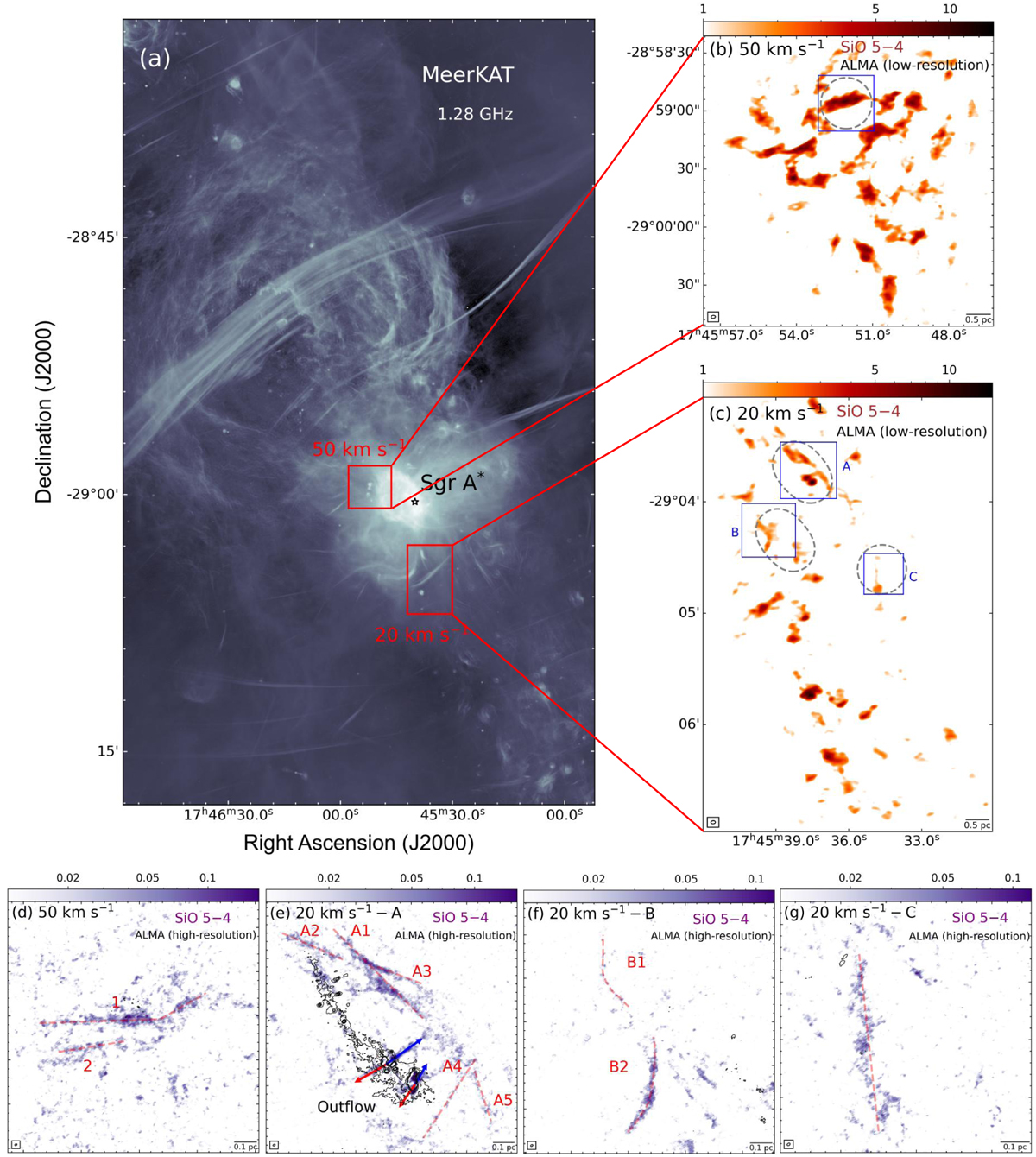

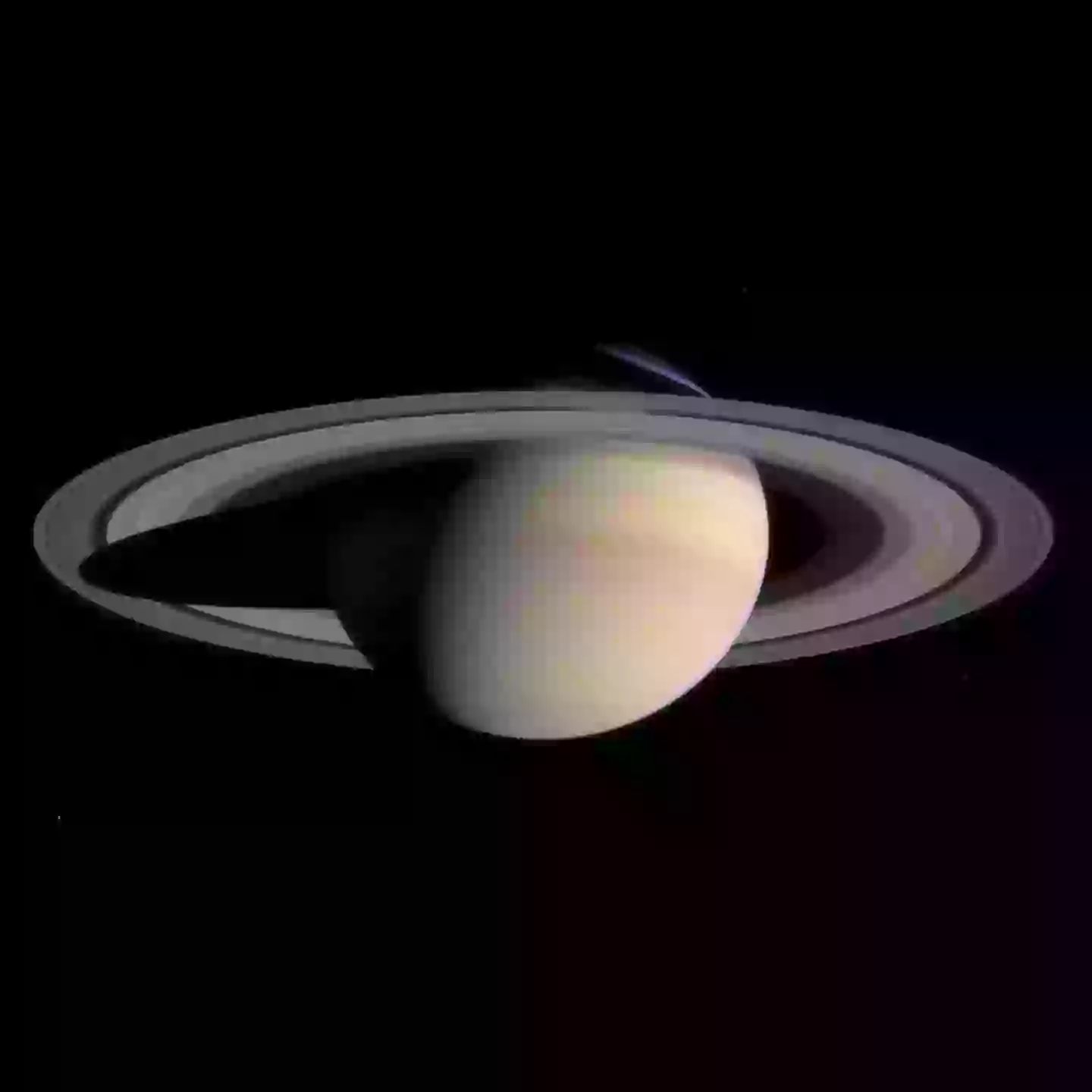
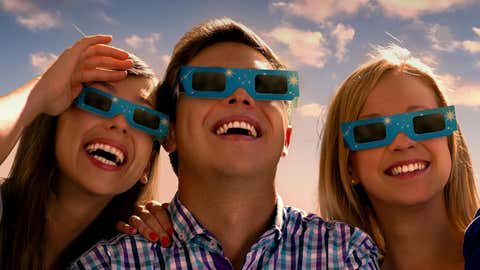



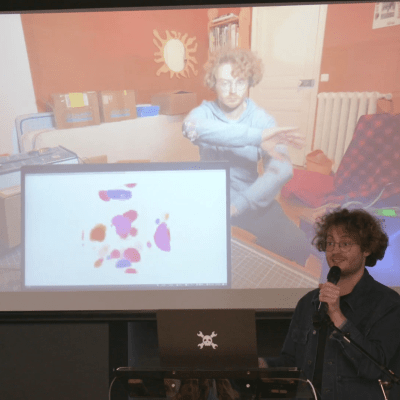

:max_bytes(150000):strip_icc()/GettyImages-2155065132-127f950642994d2089969bfcb38b3df3.jpg)
